Birth of a Human Baby
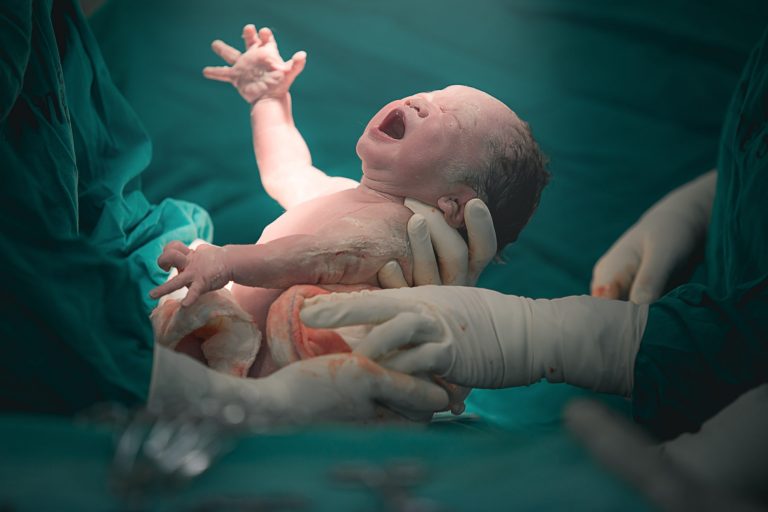
The human birthing process
Table of Contents
Continued from the previous tutorials, Fertilization and Fetal Growth and Development.
The baby soon outgrows the energy requirements that the placenta previously met, and is time to be conceived into the open world by the mother.
Stages of the Birth Process
Stage 1 – between 8 to 10 minutes
The release of oxytocin, a hormone, instructs the mother’s body that the food supply for the baby can no longer be met, which bring about contractions in the mother and soften the tissue of the cervix where the baby will pass through.
The ‘waters then break’ caused by the pressure of the contractions, the amniotic fluid which once surrounded the fetus is released.
Stage 2 – delivering the baby – 30+ minutes
This is where the baby is pushed down the cervix through the vagina, out to the open world. This is the hardest stage of labor, and it involves the mother ‘pushing’ with the contractions to force the baby out. This is a natural behavioral response in the mother due to the pain involved in getting the baby out.
Stage 3 – afterbirth
This is where the placenta is excreted after the newly born baby, as it is no longer required in the body and has served its function. The newly born baby must survive in the open world with its maternal parents there to help them learn, grow up healthily and care for.
The next tutorial investigates contraception, used to prevent pregnancy which although it is morally disputed, can be beneficial depending on your point of view. Contraception is not accepted in all parts of the world due to cultural and religious beliefs, but are a way to prevent intercourse leading to pregnancy.
You will also like...
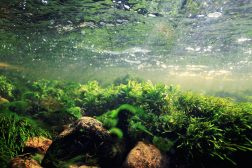
Lotic Communities & Algae
Lotic communities have conditions that are rather harsh for typical plants. Thus, the diversity of plant species in loti..
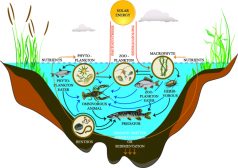
Freshwater Producers and Consumers
Freshwater ecosystem is comprised of four major constituents, namely elements and compounds, plants, consumers, and deco..
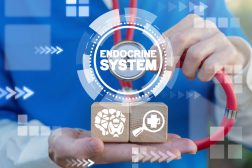
Principles of Hormonal Control Systems
Hormones are essential in the regulation of the activity of the various biological systems of the human body. The ineffi..
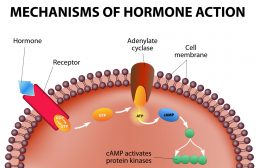
Homeostatic Mechanisms and Cellular Communication
Homeostasis is the relatively stable conditions of the internal environment that result from compensatory regulatory res..

Sigmund Freud and Carl Gustav Jung
In this tutorial, the works of Carl Gustav Jung and Sigmund Freud are described. Both of them actively pursued the way h..

Adaptation Tutorial
Adaptation, in biology and ecology, refers to the process or trait through which organisms or the populations in a habit..
